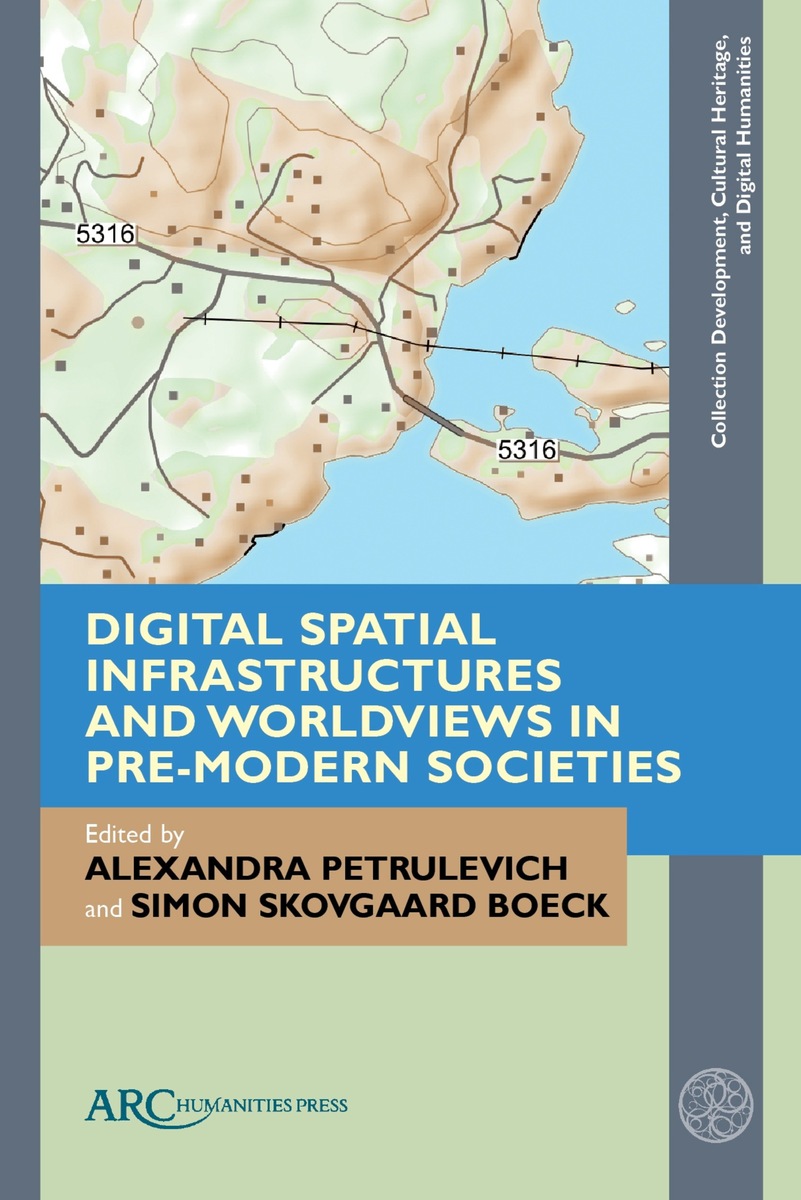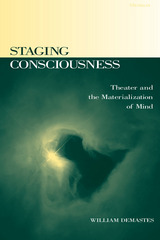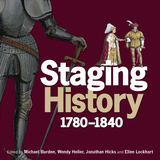Digital Spatial Infrastructures and Worldviews in Pre-Modern Societies
Arc Humanities Press, 2024
Paper: 978-1-80270-080-0 | eISBN: 978-1-80270-079-4 | Cloth: 978-1-64189-469-2
See other books on: Business & Economics | Medieval | Museum Administration & Museology | Nordic Countries | Worldviews
See other titles from Arc Humanities Press
Paper: 978-1-80270-080-0 | eISBN: 978-1-80270-079-4 | Cloth: 978-1-64189-469-2
ABOUT THIS BOOK | AUTHOR BIOGRAPHY | TOC
ABOUT THIS BOOK
The study of medieval and early modern geographic space, literary cartography, and spatial thinking at a time of rapid digitization in the Humanities offers new ways to investigate spatial knowledge and world perceptions in pre-modern societies. Digitization of cultural heritage collections, open source databases, and interactive resources utilizing a rich variety of source materials—place names, early modern cadastral maps, medieval literature and art, Viking Age and medieval runic inscriptions—provides opportunities to re-think traditional lines of research on spatiality and worldviews, encourage innovation in methodology, and engage critically with digital outcomes.
In this book, Nordic scholars of philology, onomastics, history, geography, literary studies, and digital humanities examine multiple aspects of ten large- and small-scale digital spatial infrastructures from the early stages of development to the practical applications of digital tools for studying spatial thinking and knowledge in pre-modern sources and societies.
In this book, Nordic scholars of philology, onomastics, history, geography, literary studies, and digital humanities examine multiple aspects of ten large- and small-scale digital spatial infrastructures from the early stages of development to the practical applications of digital tools for studying spatial thinking and knowledge in pre-modern sources and societies.
See other books on: Business & Economics | Medieval | Museum Administration & Museology | Nordic Countries | Worldviews
See other titles from Arc Humanities Press












